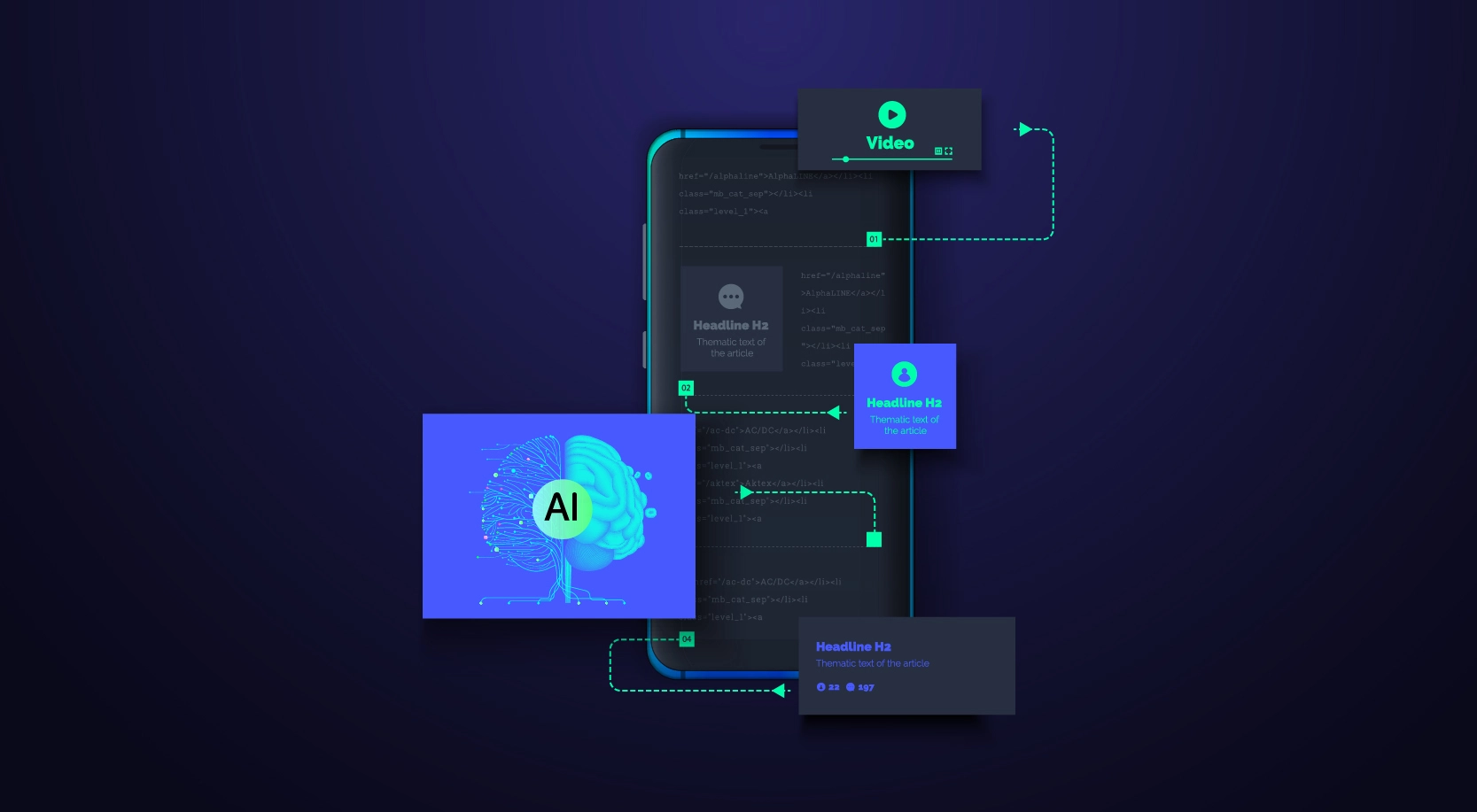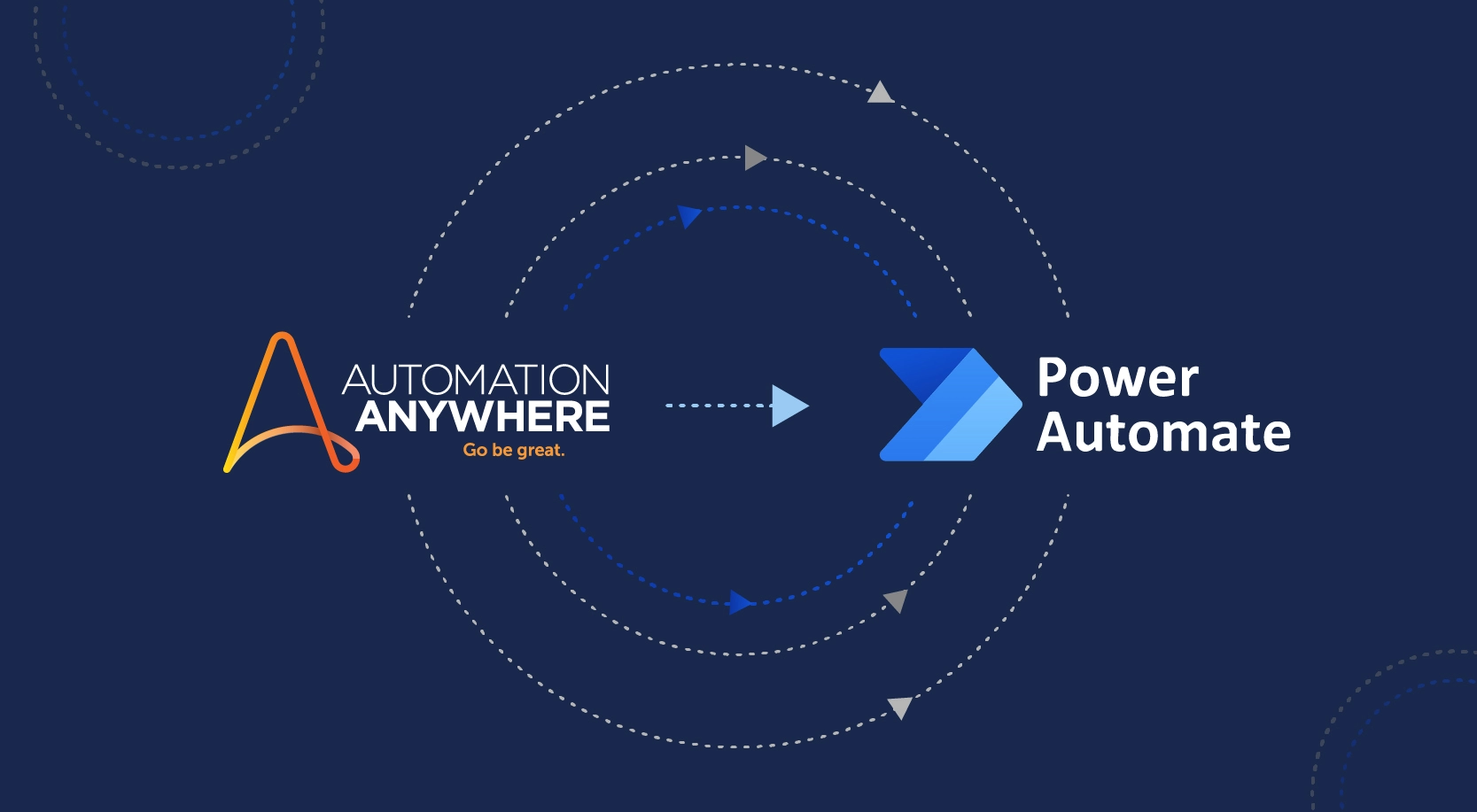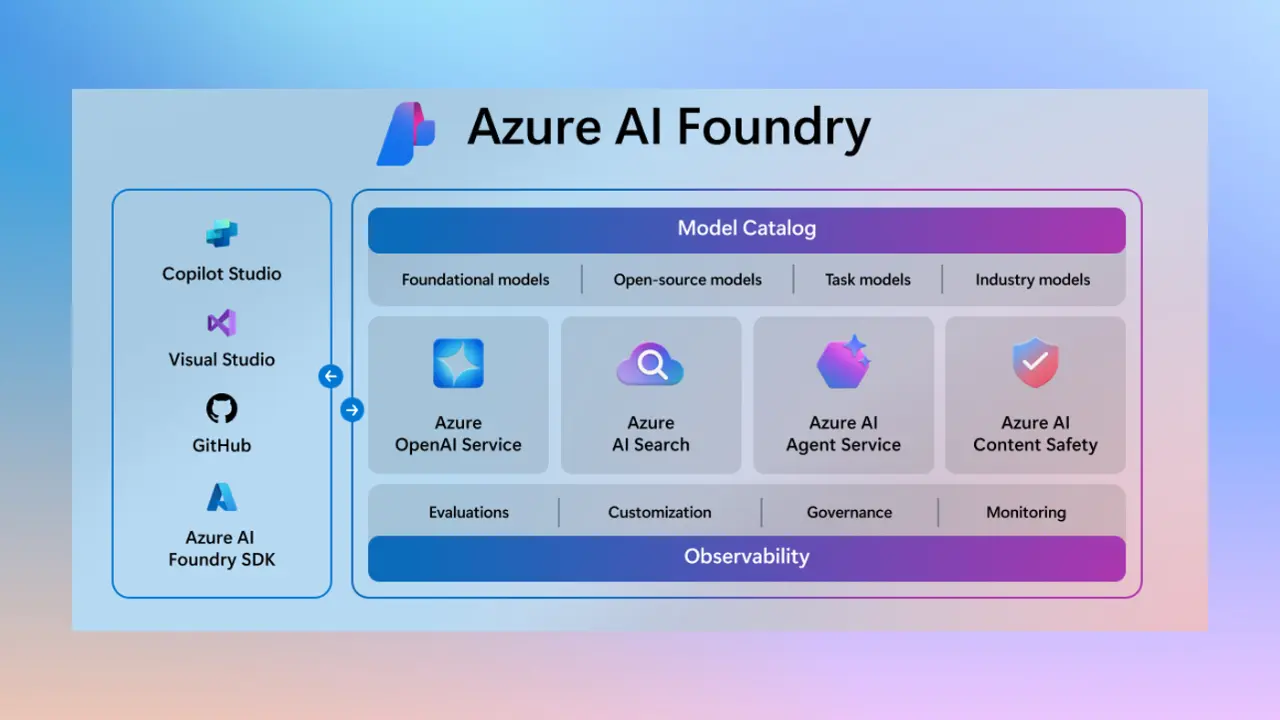
AI has completely changed our approach toward user experience (UX) design. Today’s UX design goes beyond visual appeal and focuses on developing intelligent digital experiences that provide seamless and personalized interactions for users. Through my professional encounters, I see AI combined with UX design transforming our technological interactions, which leads me to believe we’ve barely begun exploring its full potential.
UX Evolution Plateau
UX design development has reached a standstill during the last few years. The advancements we see in UX design appear to be gradual rather than revolutionary. The challenge of delivering groundbreaking digital experiences escalates as user expectations increase alongside product maturity.
- Maturity of Established UX Practices: From my professional experience, I have observed that an over-dependence on traditional UX practices can cause stagnation in innovation. Although these methods have proven effective, they frequently restrict innovation and create obstacles to adapting to changing user needs. Following established procedures yields predictable results yet stifles creative exploration.
- Saturation of Best Practices : The saturation of best practices has presented a significant challenge to innovation. The design community appears to follow identical guidelines, which leads to uninspired and indistinguishable work. The industry’s strict adherence to established rules makes it challenging for me to develop distinctive experiences.
- User Familiarity : The established design patterns serve as both an asset and a limitation. User’s ability to navigate interfaces well becomes a problem because they become resistant to changes. New design elements have repeatedly caused user frustration because they interfered with familiar patterns users had adapted to.
Emerging Applications of UX Design
AI integration into UX has unlocked entirely new design possibilities. Here are a few areas where I have noticed the most effects.
- Conversational AI : UX Conversational user experience (UX) incorporates chat, voice, and other communication channels to help artificial intelligence conduct normal and smooth discussions with potential customers, users, and clients. With this technology, businesses will be able to deliver instantaneous, tailored support and create stronger ties with their audience using natural, human-like dialogue.
- Assistive AI: AI UX technology will get advanced tools like screen readers and speech recognition, improving accessibility for people with disabilities alongside personalized assistance.
- Predictive UX : With AI and machine learning analyzing patterns and interpreting data and behavior, predictive UX will allow us to predict future actions or needs. For instance, an e-commerce app could predict when a user is running out of a frequently purchased item and prompt them to reorder. Designed to address users’ needs before they emerge, this proactive strategy will improve user experience.
- Ambient AI – UX : Ambient user experiences will deliver information and actions to users according to their context, the environment, the moment in time, or the specific people they are with, making digital interactions feel natural and effortless. This means that these systems will cater to the users by the context of their activities or requests and provide a solution exactly at the moment when it is needed. Ambient UX will make technology feel almost invisible, blending seamlessly into users’ daily lives.
Challenges in New Applications of UX Design
However, with endless possibilities come some challenges associated with integrating AI into UX design.
- Ethical and Privacy Concerns : Ethical and privacy considerations in AI integration into UX design focus on maintaining user trust through transparency, accountability, and data protection. This includes bias-free AI systems, clear expression of purpose and functionality, and explicit user consent for data usage.
- Imbalance of Automation and Human Creativity : The rapid incorporation of AI in decision-making can lead to dependence, which undercuts critical thinking, reduces human judgment, and increases the chance of missing situational nuances. Over-reliance on AI may limit creativity and prevent out-of-the-box thinking, resulting in homogenized outcomes and decreased innovation.
Conclusion
From my experience, AI is undeniably revolutionizing UX design. It’s enabling smarter, more personalized experiences that were once unimaginable. However, I’ve learned that striking the right balance between automation and human creativity is key. As AI continues to evolve, I’m excited to see how it will shape the future of digital interactions.






